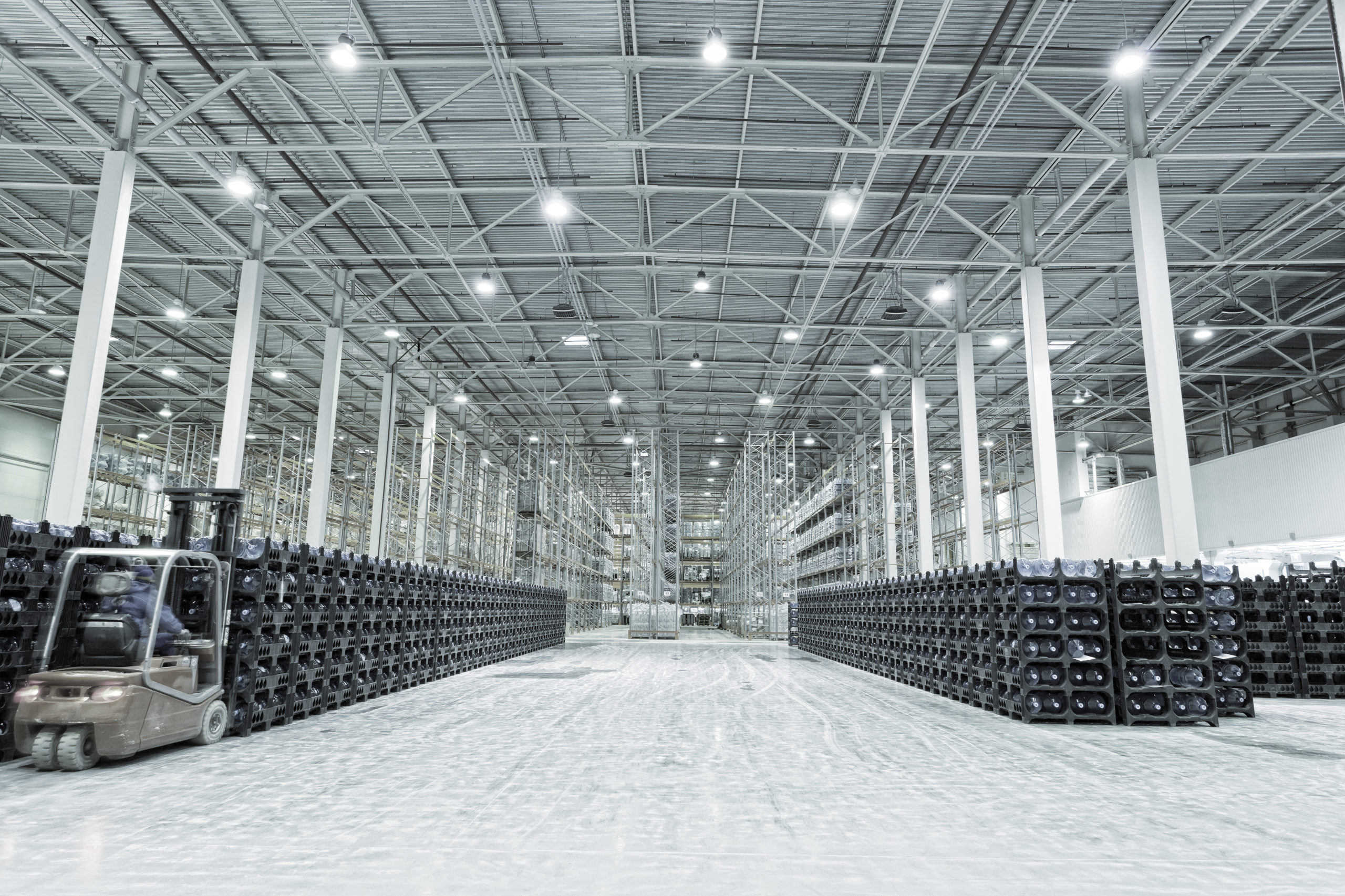It is undeniable—the market trends the industry was forecasting at the end of 2019 no longer apply in 2020. In December, no executive was predicting the nation’s unemployment rate would go from a five-decade low to an eight-decade high in a matter of months. In today’s widespread market uncertainty, there is one constant for real estate investors: industrial development has been the buzzworthy asset class of real estate for some time, and this trend is primed to accelerate in the COVID-19 landscape. This is not to say this sector is immune from the recession, but ultimately its growth will likely remain not only steady, but accelerated.
Historically, industrial real estate has held the reputation as a more stable asset class through all parts of the real estate cycle. This property type tends to stand the test of time, as it often sees favorable occupancy data, steady demand, longer-term tenants and higher yields. The facilities also require lower maintenance and re-tenanting costs in order to remain competitive in the market. Office properties, for example, can require significant facility improvements to replace income with new tenants, who bring their own unique needs for the space. Given that many industrial tenants have relatively consistent needs from the facility—first and foremost, large, vacant space rather than aesthetics or trendy amenities—the reinvestment costs tend to be lower.
In today’s environment, it is undeniable that the COVID-19 pandemic has upended the course of business. The world has seen significant shifts across markets, and the way we operate will likely be impacted well into the future. But when examining the industries that have provided crucial services and supplies during the pandemic, many lead back to the need for industrial space. In fact, during the pandemic, supply chain operations and logistics-related assets have proven to be critical to our nation’s immediate needs.
Amidst social distancing and shelter-in-place orders, the economy has seen a surge in e-commerce as consumers turn to online shopping in greater numbers. Despite the COVID-19 economic disruption, the shift from bricks-and-mortar retail to online retail has been, and will continue to be, a major contributor to the industrial real estate sector’s growth. E-commerce growth rates have accelerated—the belief is that the new annual growth rate will be 20 percent (versus last year’s 15 percent growth rate, indicating a 33 percent increase year-over-year), which would equate to a 400 million-sq.-ft. increase in industrial capacity required.
When examining e-commerce’s delivery logistics throughout the past decade, the average industrial tenant size has decreased, and tenants moved to infill locations as major retailers have shifted their logistics footprints to meet online sales growth. At the beginning of this real estate cycle, retail giants built large distribution centers—often around 1 million sq. ft.—positioned strategically throughout the nation. In recent years, a new wave of the logistics network has unfolded as these retailers started seeking shallow bay, urban and centrally located industrial facilities in order to enhance their delivery speeds. Smaller, last-mile industrial facilities are positioned throughout metro areas at a higher volume, allowing retailers to be nimbler in their delivery model and efficiently complete the “last mile” to consumer residences. The progression to last-mile industrial facilities provides insight into where the market has evolved and translates to a significant development opportunity. Prologis recently reported research examining the distribution of supply chain costs, showing that a 1 percent cost savings in transportation and labor equates to roughly a 15 percent spend on logistics real estate, supporting premiums for last-mile infill developments.
Infill temperature-controlled industrial buildings will be another major opportunity. Online grocery sales prior to COVID-19 only comprised 1.5 percent of sales; now online grocery purchases represent more than 10 percent of sales.
The rise of e-commerce is also coupled with the supply chain shortages that have been exposed in the wake of COVID-19, as suppliers have been operating under the just-in-time delivery model. Aiming to avoid future shortages, many anticipate suppliers will seek to restore resiliency in their supply chain by increasing inventory and therefore storage needs.
As markets continue to reopen, industrial assets are anticipated to remain resilient. Unlike retail and office properties, which social distancing will likely impact significantly, the nature of the work in industrial properties requires the physical space and cannot be replicated digitally. Industrial tenants are creating or distributing products from within the facilities, and this arrangement will remain largely unchanged in the long term.
Given the promising prospects for the industrial real estate market in response to the shifting COVID-19 landscape, investing in industrial properties is attractive to both public and private capital. Both private equity—such as family offices—and REITs benefit from the predicable and stable cash flow provided by sound industrial investment and development.
While COVID-19 has exposed challenges within our nation’s economy, it has also shown a spotlight toward its strengths and opportunities. Industrial real estate and its end users continue rising to the challenges posed in today’s market with proven resilience, responding to both the nation’s immediate and long-term needs. Many in the industry are coming into the recession with cash reserves that they intend to put to work, and industrial development will deliver promising investment opportunities.
Industrial development supports many of the nation’s essential industries, and as these needs flow together, there will be continued demand for high quality real estate impacting operational efficiency and increased productivity. At its core, the trajectory of the pandemic speaks to human ingenuity and resilience, and the real estate community will undoubtedly come together and deliver.

